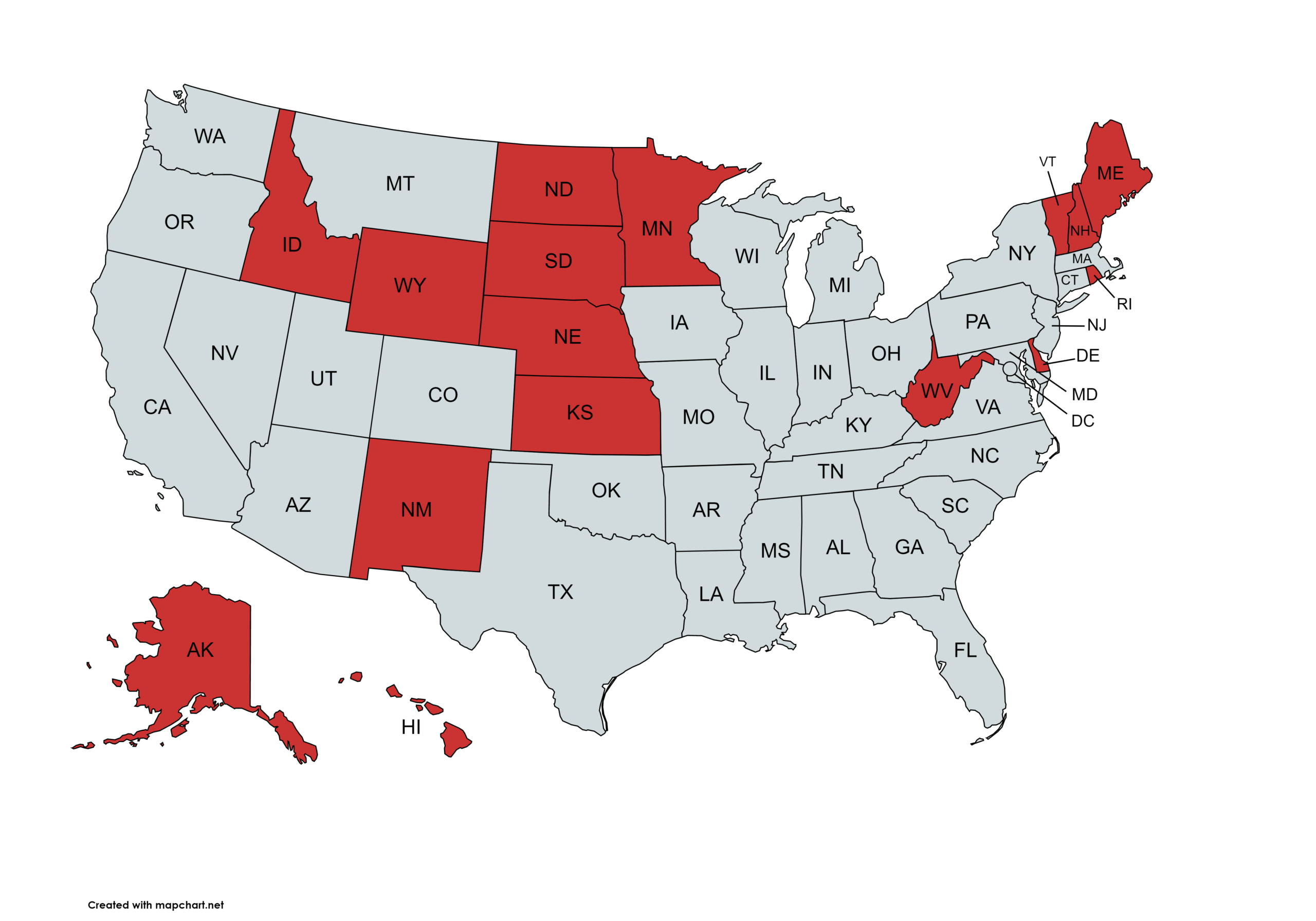According to the U.S. Census, over 22 million people living in the United States speak a language other than English at home. This means that if non-English speakers all lived in one state, they would be the third most populated state in the country. That’s more people than Wyoming, Vermont, Alaska, North Dakota, South Dakota, Delaware, Montana, Rhode Island, Maine, New Hampshire, Hawaii, West Virginia, Idaho, Nebraska, New Mexico and Kansas put together. When we visualize this data outside of just statistical numbers, it’s easier to grasp why language access is so vital to equity building and violence prevention.

These numbers are a conservative estimate, as millions of people aren’t captured in the census data due to language barriers, low literacy, lack of internet access, distrust due to legal or citizenship status, and unstable housing. Communities that are classified as racial and ethnic minorities, are non-English speakers, and/or are low income are considered “hard to count” and their existence and experiences go unincluded into larger portraits of the nation. These “hard to count” factors are also risk factors that put someone at an increased risk of sexual violence and oppression throughout their lifetime. Research also shows that Black, Hispanic, and Native American/Native Indian populations go significantly undercounted, while non-Hispanic white populations are over-represented in the data. This means that all population based sexual violence needs assessments are fundamentally underestimating statistics from the most at risk communities. This is an important factor to keep in mind when we explore data and apply it in our work or understandings of not just who communities are but also what the experiences and needs of those communities are. Language access is a community need across the board, and especially so in marginalize, low populated, isolated, highly crime-impacted, migrant, or invisible communities. Many people make the mistake of thinking that language access should be less prioritized if the community of speakers is small or does not often seek help outside their community, however, these factors emphasize the need for language access, as isolation factors increase the risks of violence.
Take a look at the national census data set here.
Thought Exercise
Think about the following scenario:
A national emergency intervention campaign for survivors has been designed to end and prevent violence across the country. As you read more about the campaign, you are shocked and confused to learn that this national campaign will serve people in 34 of the 50 states. You are concerned that the exclusion of so many people will undermine the project’s goal to end violence across the nation, that it prioritizes one population of victims over another and turns its back on preventing harm to a specific group of people. When you inquire about how a national campaign can exclude specific states and why this decision was made, you’re told that it was just more convenient to focus resources on the most easy to reach states.
This may sound far-fetched, but this is exactly what takes place when we only provide support and prevention services exclusively to English speakers and those who are literate.
When US sexual assault survivors don’t speak English | MobileODT
What you can learn about your community from demographics |University of Wisconsin- Madison
Interactive Map of Languages in the United States| Modern Language Association
The Importance of Language Access | National Sexual Violence Resource Center
What is the connection between Language Access, Sexual Violence, and Racism? | National Sexual Violence Resource Center
Sample Language to Justify Accessibility Conference Costs | U.S. Dept. of Justice
Language Identification Cards | iSpeakHouston
Return to the Language Access Toolkit landing page
